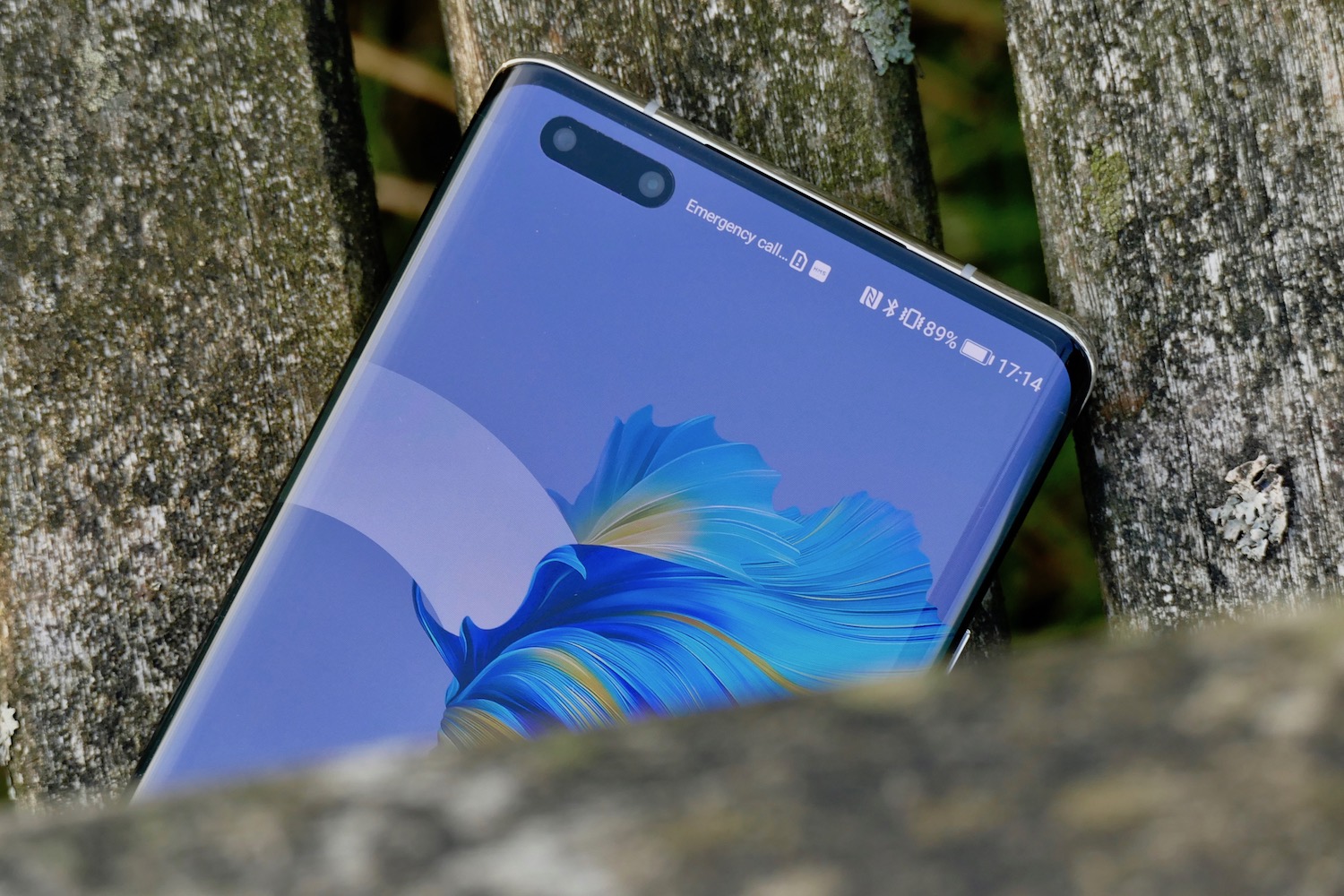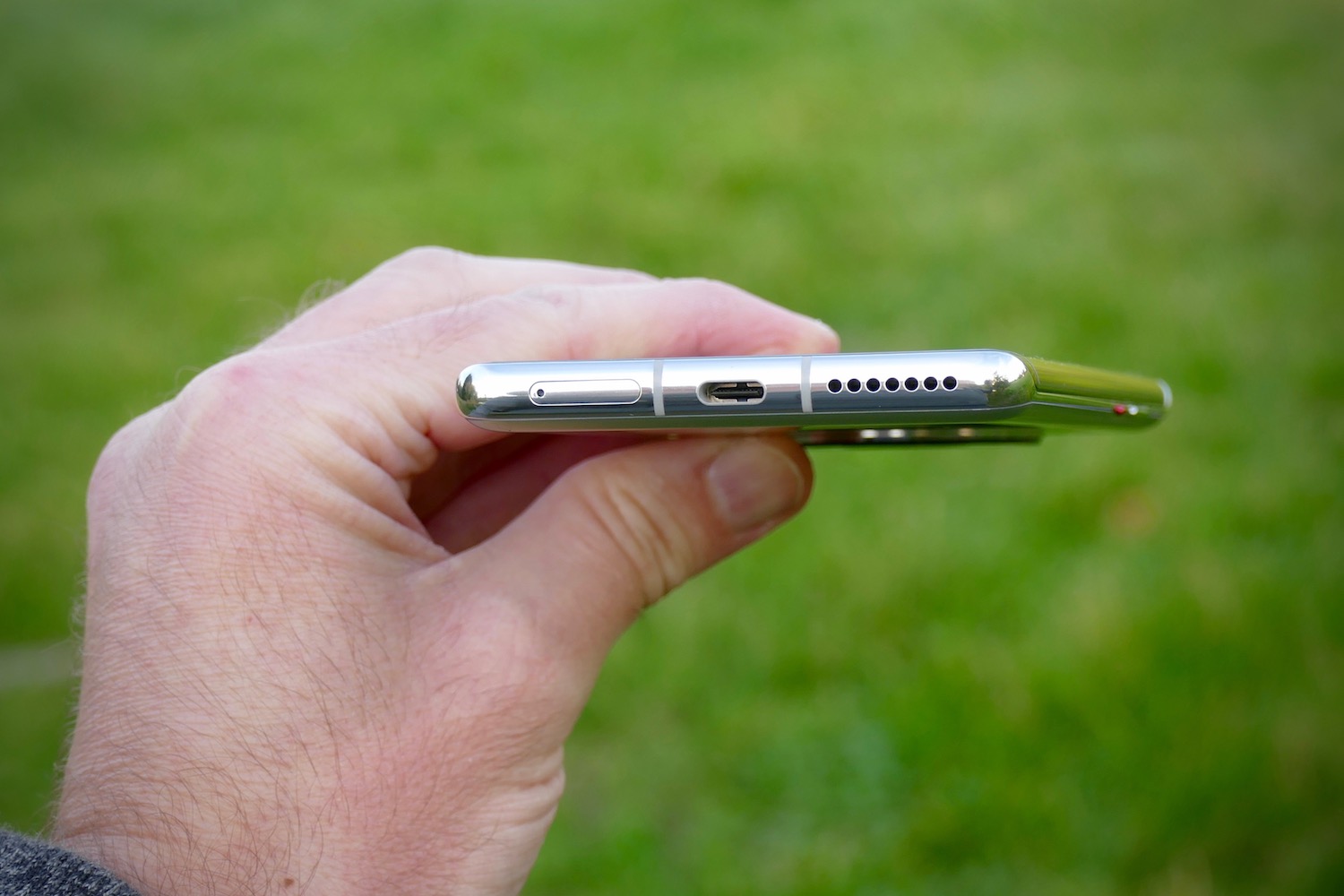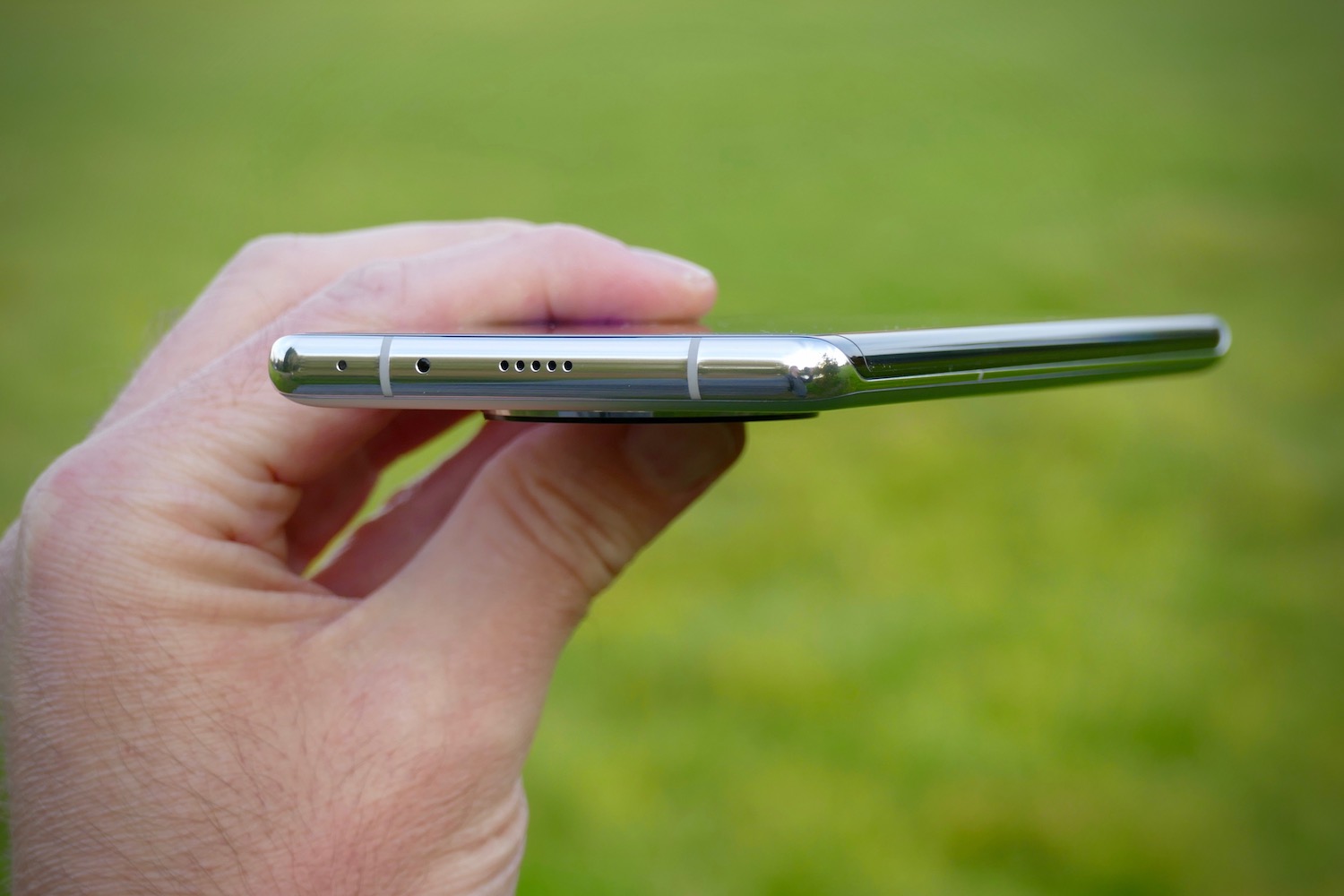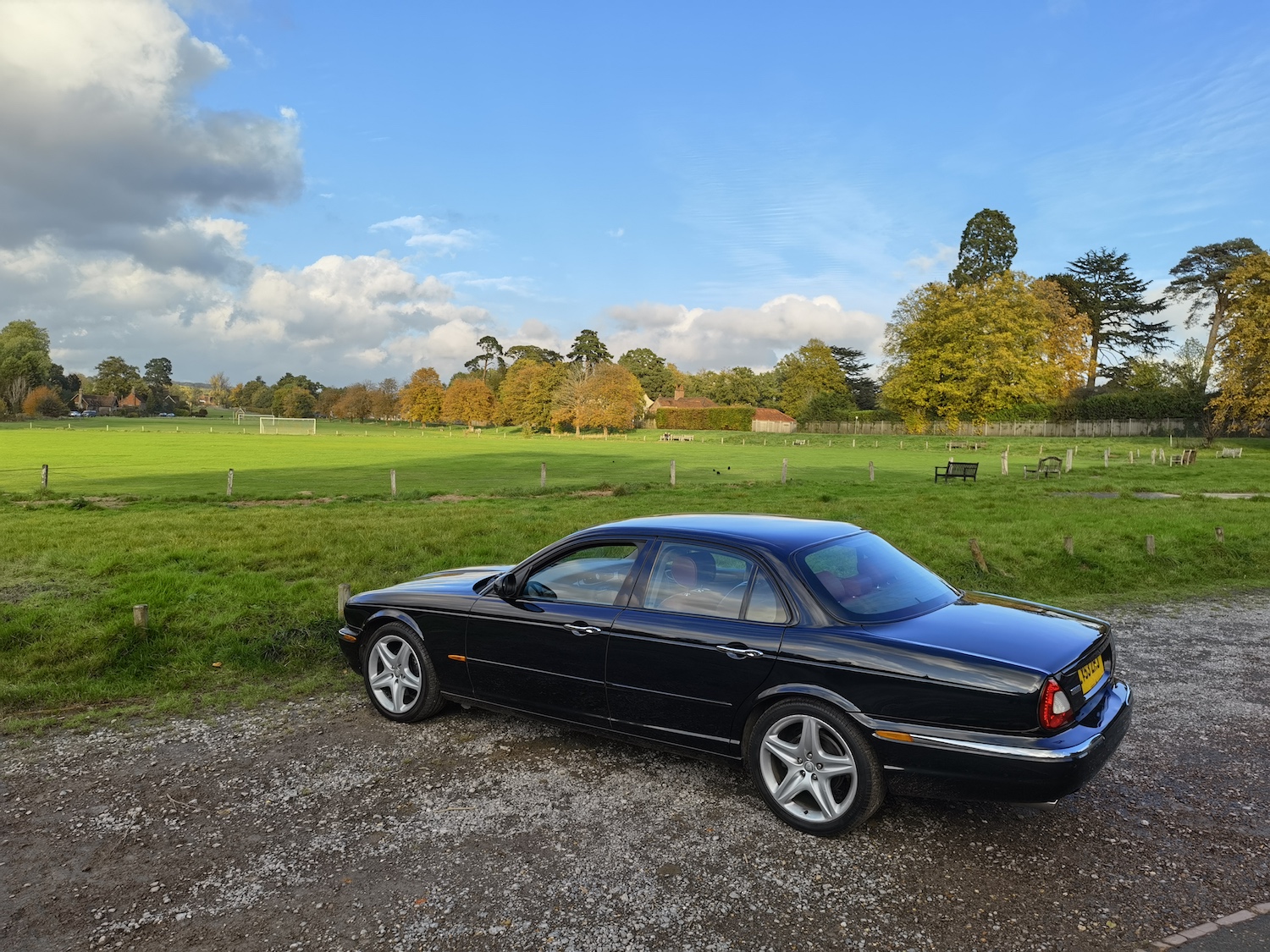When the Mate 30 Pro arrived in 2019, it came at a very difficult time for Huawei, having the dubious honor of being the first major smartphone from the brand to be released without Google apps installed. It soured the otherwise impressive device and heralded a succession of similarly blighted Huawei phones.
Now the Mate 40 Pro is here, and it’s the first Mate series phone to arrive since Huawei fully embraced Huawei Mobile Services (HMS) and the App Gallery. Has this changed the Mate 40 Pro’s fortune and pushed it back into the mainstream, unlike the Mate 30 Pro which was best described as an “enthusiast’s phone,” due to the software restrictions? Let’s find out.
Design
One thing that never changes is Huawei’s understanding of design and wonderful attention to detail. The Mate 40 Pro is utterly glorious to look at and hold. It avoids the heaviness of the P40 Pro Plus, retains the cascading 88-degree Horizon screen, and is perfectly proportioned and weighted. It’s also a massive improvement over the Mate 30 Pro, where I questioned the build quality and was disappointed by the sharper edges.

Get closer and more is revealed. The power and volume keys are sized well and fall naturally to your finger, despite being placed differently than other phones because of the cascading screen. The screen will, as always, split opinion. I think it looks amazing, very futuristic and cool. However, it does make use a little awkward sometimes, because Huawei’s keyboard spills over the edge and some keys are a little awkward to press. I haven’t spent enough time with the phone to assess edge detection yet.
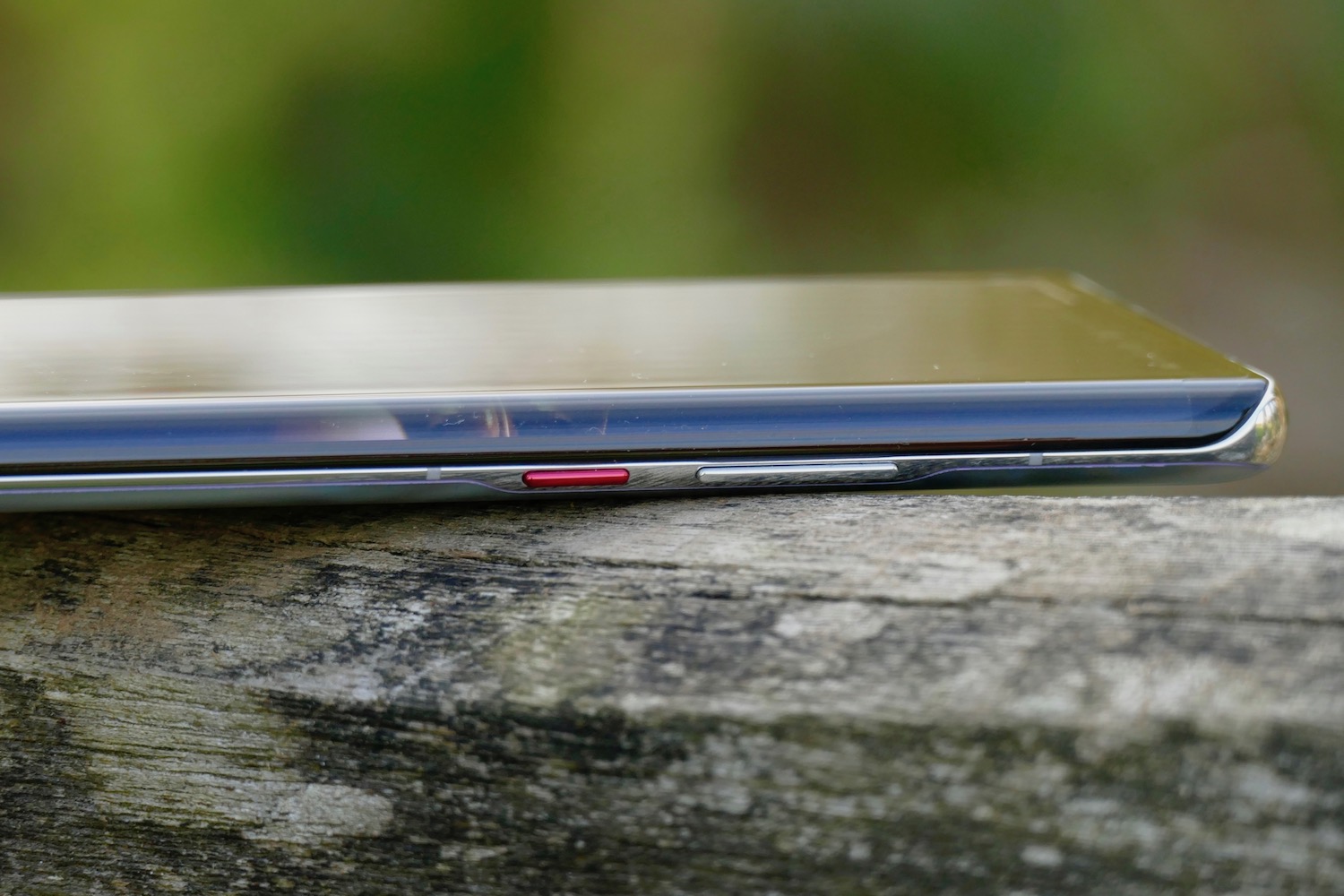
The phone in our pictures is in the Mystic Silver color, and it shifts between different shades of silver, blue, gold, pink, yellow, and a whole lot more. It’s stunning. The texture of the panel itself is soft, warm, and smooth, and resists fingerprint smudges nicely. Yet it never feels slippery. On the back, Huawei taps into the Mate 30 Pro’s design language with another circular camera module, housing four cameras and a flash unit.
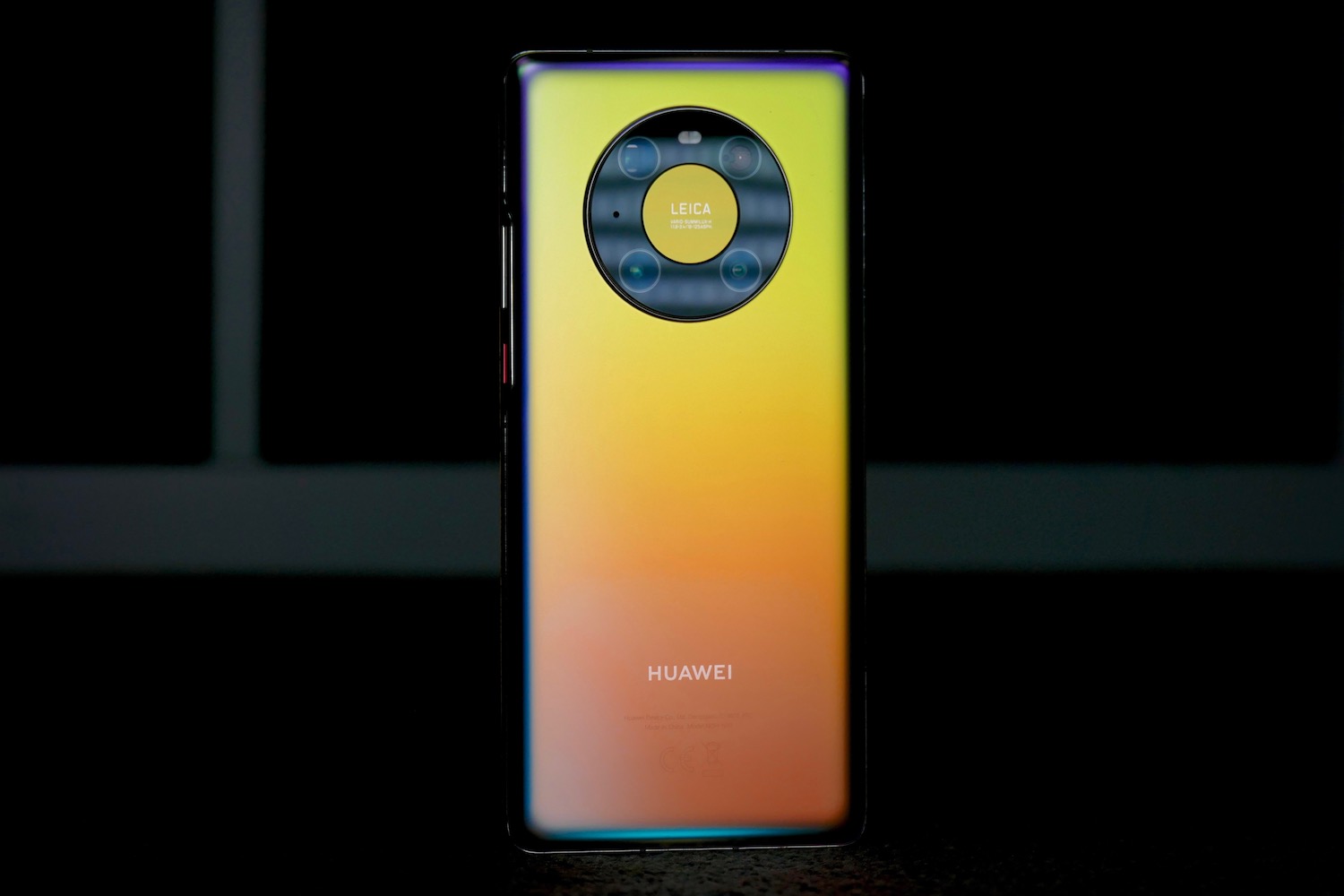
The camera system has been co-engineered with Leica, a fact made clear by the branding in the center of the module itself. I mention this because it’s an example of Huawei’s attention to design detail. The circular plate reflects light in a different way from the rest of the phone, and almost looks like it lights up from some angles, it stands out so much. Genuinely, the Huawei Mate 40 Pro is one of the best looking phones I’ve seen this year.
Screen and software
The Mate 40 Pro has a 6.76-inch OLED screen with a 2772 x 1344 pixel resolution and a 90Hz refresh rate, and it’s beautiful for video, plus Huawei has upgraded the audio significantly. It has dual stereo speakers with an enhanced bass response. WSJN’s Happy music video is filled with bright colors and jumps off the Mate 40 Pro’s screen, but never gets over-saturated even with Vivid mode activated in the phone’s display settings. Audio’s great too, with excellent stereo separation due to the clever placement of the speakers.
The always-on screen can be set so it reacts to your glance, meaning the screen stays black until you look at the phone or tap it. Maybe it should now be called a sometimes-on screen? It’s an odd feature, and luckily it’s an option. Glanceable always-on screens are my personal preference, as I can always check the time or the notification icons from a distance. It is surprisingly effective at knowing when you’re looking at the screen, at which point it springs into life. However, it’s dependent on conditions and angles. It can’t see you unless you’re looking almost directly at the phone, and it gets confused if light shines on the selfie cameras.
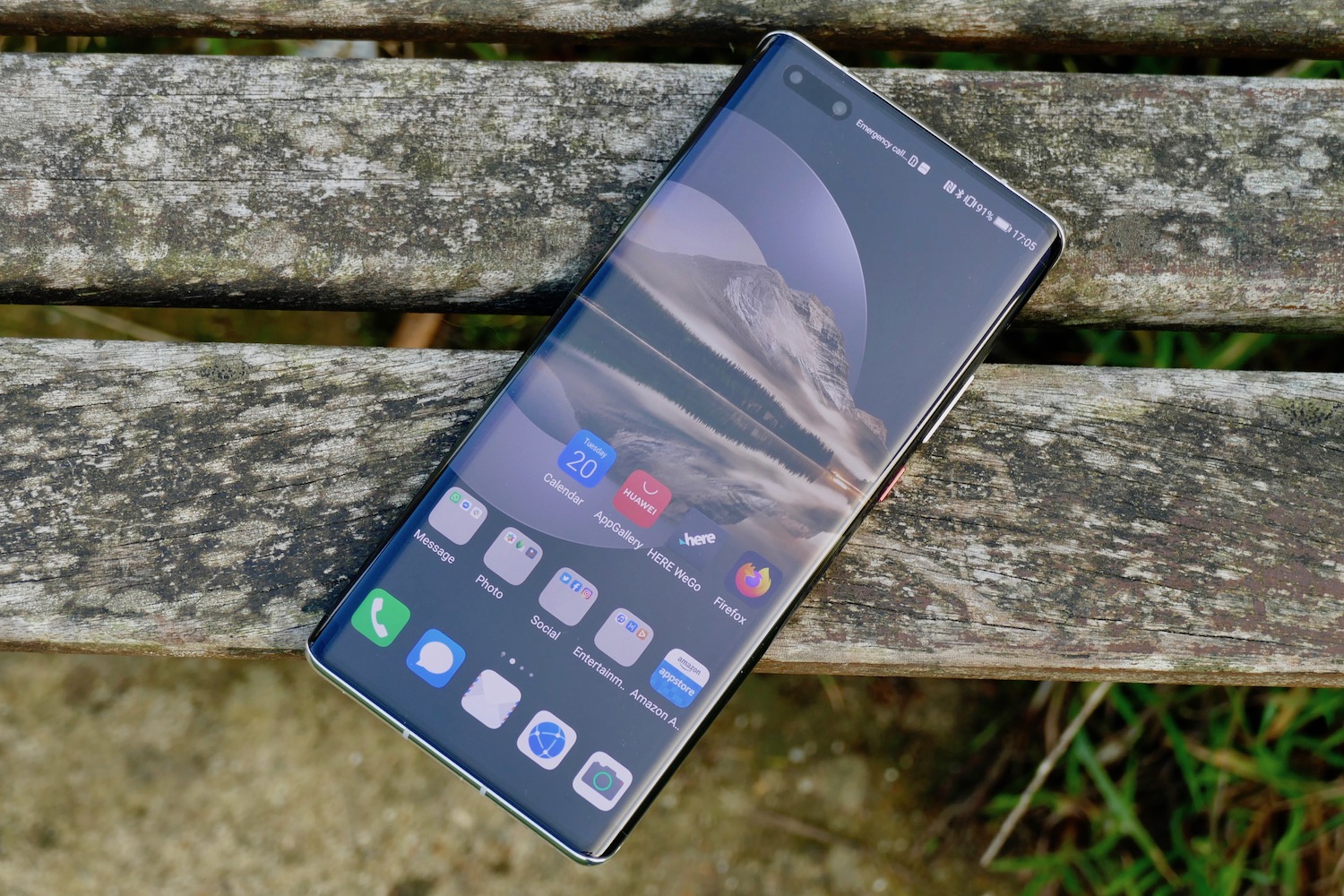
That’s seven apps I consider pretty basic requirements for productivity on a smartphone, but the App Gallery does not have them. Yes, there are some workarounds. For instance, you can install some using an APK file, but this is less than ideal from a security and a functionality view. Some apps require Google Mobile Services to operate, and if it does, it won’t work on the Mate 40 Pro.
This isn’t new news, and I found the same situation when I revisited the P40 Pro with a beta version of EMUI 11 recently. Huawei targets different people with the Mate Series compared to the P Series, so Microsoft Teams may be more important than Snapchat or TikTok to anyone looking at the Mate 40 Pro, and unless you’re prepared to put in some time to locate and install these apps, with the concern some may not operate correctly, the Mate 40 Pro probably won’t cater to your needs.
Camera
The camera has always been Huawei’s strong point, and the Mate 40 Pro is no exception. It uses essentially the same camera setup as the P40 Pro, but with all new silicon driving it. Despite Huawei’s ongoing problems with the U.S. government’s restrictions, it has built the Kirin 9000, the world’s first 5-nanometer mobile chipset with integrated 5G, which it claims is the most powerful mobile system-on-a-chip out there.
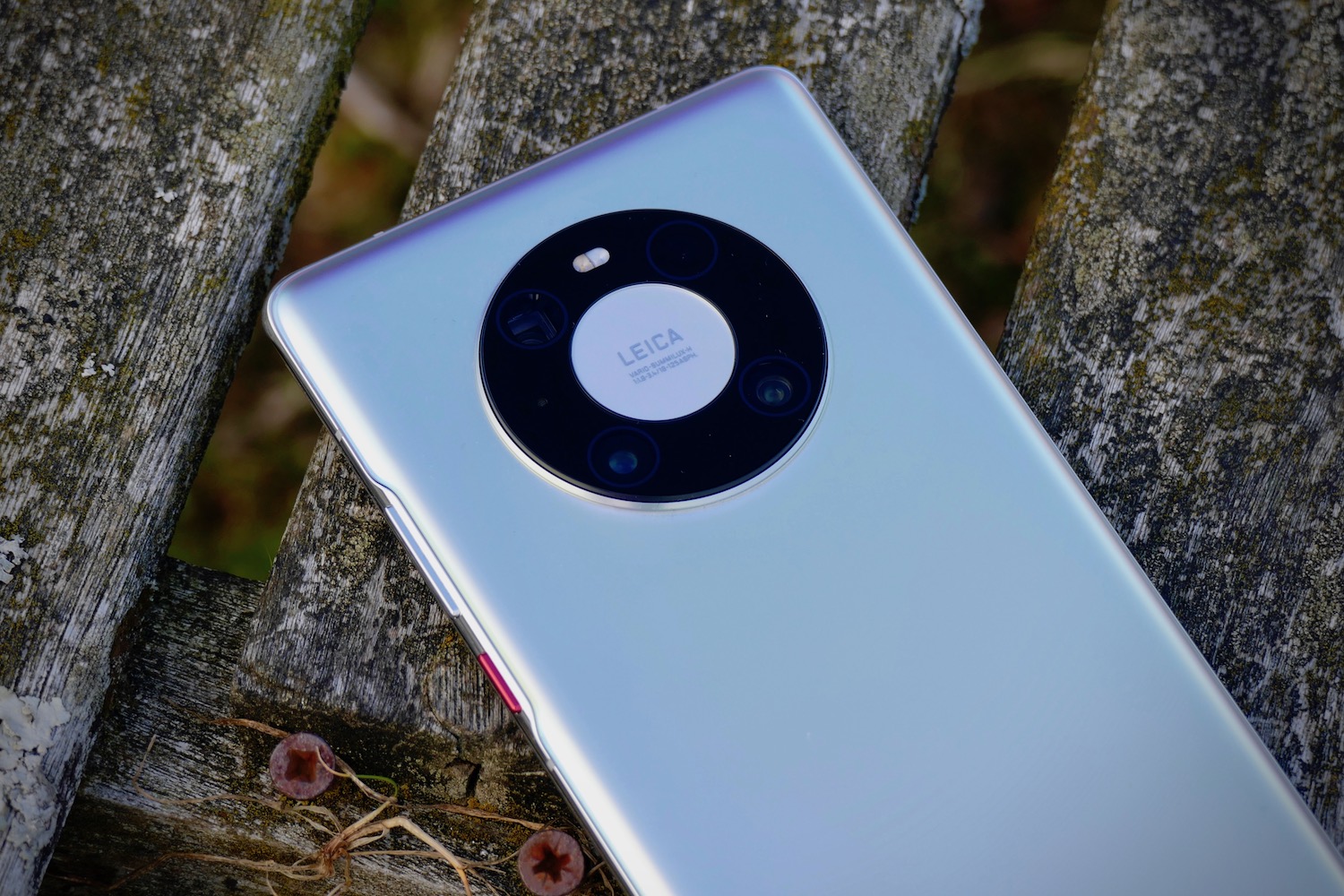
If you’re waiting for in-depth specs, Huawei hasn’t been very forthcoming with them at the time of writing, but I have been able to go out and take some photos with the phone, and arguably the results are far more convincing than a series of numbers. The following images were all shot during the early evening as the sun was setting. For the most part, I think they’re superb.
Huawei and Leica manage to inject plenty of atmosphere and emotion into shots taken on the Mate 40 Pro. Take a look at the 5x zoom photo of the tree, for example, and see how it captures the light from the golden sunset, the darkening clouds, and the autumnal colors on the trees and foliage.

Shoot wide-angle and it very closely replicates the results from the standard camera, keeping the same striking colors, detail, and dynamic range without noticeable distortion. It’s rare that both cameras produce such strikingly similar images. That said, the wide-angle shots are not as dramatically wide as on some competing phones. Like the P40 Pro, the Mate 40 Pro still struggles with dynamic range in some lighting situations, failing to reveal as much detail as I’d like in the shadows, but it doesn’t happen all the time.
The dual-camera selfie setup on the front has really evolved, with dual wide-angle cameras to fit more of your mates in the shot. It even has auto-switching when it recognizes more than one person in the frame. The app’s user interface hasn’t changed and is still easy to use, plus there are plenty of modes and filters to try out. The camera’s overall ability and the breadth of features make the Mate 40 Pro a truly impressive, incredibly versatile, and hugely capable photographic companion.
Price, models, and availability
The Mate 40 Pro costs 1,199 euros, which converts over to $1,418. For reference, the Mate 30 Pro cost a relatively reasonable 900 British pounds, or about $1,180 when it was released in 2019. Huawei will also release a standard 899 euro/$1,060 Mate 40 and a 1,399 euro/$1,655 Mate 40 Pro Plus, and continues to work with Porsche Design, resulting in the Porsche Design Mate 40 RS luxury version, which costs an eye-watering 2,295 euros, or $2,715.
While an official release in the U.S. won’t happen, the Mate 40 Pro will likely be sold in the U.K. and throughout Europe, as well as in China. It did not announce a release date for the Mate 40 Pro during the launch event.
Conclusion
While I write this it’s pouring with rain outside, which means I can’t go out and take more photos with the Mate 40 Pro, and that’s exactly what I want to do. There are masses of potential in the camera system, and I’m more excited about it based on these early results than I was about the P40 Pro.
However, while EMUI 11 is slick and quick, the App Gallery just isn’t well-stocked enough to deliver what I need to live and work, and as time goes on this only becomes more of a problem for Huawei. It also means I can’t exploit the true ability of the new Kirin 9000 processor. How am I left feeling after a day or so with the Mate 40 Pro? In awe of the truly sublime hardware and the camera’s immense technical prowess, but frustrated the software doesn’t have the right tools for me to use the phone all the time.
One year on from the Mate 30 Pro, and sadly the story hasn’t changed dramatically for you and me. Huawei’s ecosystem advances — of which there have been many — still aren’t quite enough to see the Mate 40 Pro take on the might of other big flagships like Samsung’s Galaxy Note 20 Ultra, or the upcoming iPhone 12 Pro Max.
